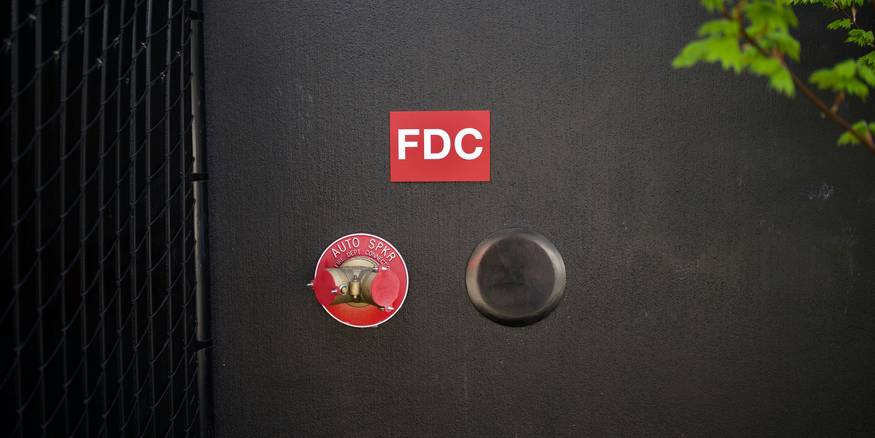Michigan Subletting Rules (2025 Edition)
Know the consent deadlines, calculate notice dates, and download a ready-to-print checklist before you bring in a subtenant.

Know the consent deadlines, calculate notice dates, and download a ready-to-print checklist before you bring in a subtenant.

Michigan law neither bans nor automatically permits subletting. Instead, MCL 554.134 allows a lease to set the ground rules. If your agreement is silent, courts default to a commercially reasonable standard: landlords must weigh a qualified replacement fairly rather than refuse out of hand. Most property managers, however, insert a “no sublet without written consent” clause to retain control over who occupies the unit.
A lease clause requiring approval makes consent mandatory. Michigan judges enforce these clauses so long as landlords apply them reasonably—screening income, credit, and rental history. By contrast, a categorical ban (“No subletting, ever”) is enforceable but still requires the landlord to mitigate losses if you vacate early.
Landlords often request:
Win faster approval by handing your landlord a tidy package. Include a mini “renter résumé” for your subtenant—credit score, employer contact, monthly income, and references. Attach a cover letter generated with our Sample Letters tool so the request feels turnkey.
Most Michigan leases demand 30 days’ written notice before a subtenant takes possession. On month-to-month rentals, the notice usually matches the rent cycle—often one full rental period. Verbal permission can shorten the clock, but always follow up in writing to avoid “he-said-she-said” disputes.
Example: You’re leaving July 15. With a 30-day clause, the latest safe date to mail notice is June 15. Plug your lease-end date into the calculator below to see yours.
Enter your lease-end date and the required notice period. We’ll spit out the last day you can serve notice under Michigan rules.
Treat the process like a mini-landlord:
Seal the deal with a written roommate pact—our upcoming Roommate Agreement Tool makes it easy.
Subletting rearranges who lives in the unit, not who owes the rent. Under Michigan’s joint-and-several liability doctrine, the original tenant stays on the hook. Landlords keep the deposit until the primary lease ends; best practice is for the incoming subtenant to reimburse you privately. Require the subtenant to carry renters insurance or add them as an “additional insured” on your policy.
A rejection isn’t the end. Offer to add a co-signer, bump the security deposit within the 1.5-month cap, or propose a shorter sublease term. If talks stall, request free community mediation before jumping to small claims.
If the subtenant pays late or trashes the place, act fast:
Check off each item, then hit “Print” for a clean hand-over sheet.
This article is for educational purposes and does not constitute legal advice. Always review your lease and consult a qualified attorney for guidance on your specific situation.